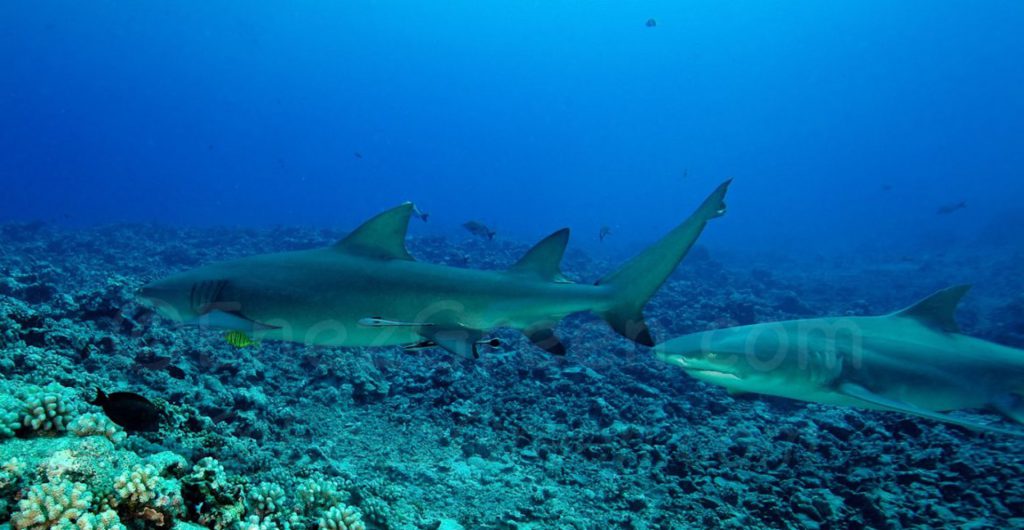Acoustic monitoring is a non-intrusive method that can record sounds day and night, in clear or cloudy waters
In order to listen to Moorea coral reef, the Criobe’s researchers set up hydrophones at different locations on the outer slope of the island, half in marine protected areas (MPAs) and the other half in unprotected areas. The island of Moorea is a survey site for over 40 years, its underwater biodiversity is well known and its coral cover is regularly monitored. The researchers focused on two elements, from the terrestrial studies: the sound level and the complexity of the recorded sound frequencies.
The acoustic recording offers many advantages for underwater data collection
The sound recording is non-intrusive, and this is its most obvious advantage for monitoring the underwater environment. Once installed hydrophone, the human presence is no longer necessary. Furthermore, the hydrophone can stay submerged for several days and allows recording of day or night, in clear or murky water, sometimes at a great distance for the loudest sounds.
Unlike the silent world described by Cousteau, the sea contain countless sources of sound. Shrimp, crabs and fish-parrot for example emit sounds when they feed with their claws or teeth while damselfish, butterfly fish and soldier fish communicate with each other, grunting, groaning, or rubbing their fins to show their discontent or their interest.
The future of acoustic monitoring in the coral environment seems promising, may reveal ecological models to large and fine scales, producing a reliable set of data that will be included in the action plans and decisions to reduce the vulnerability of marine habitats face of global change.




